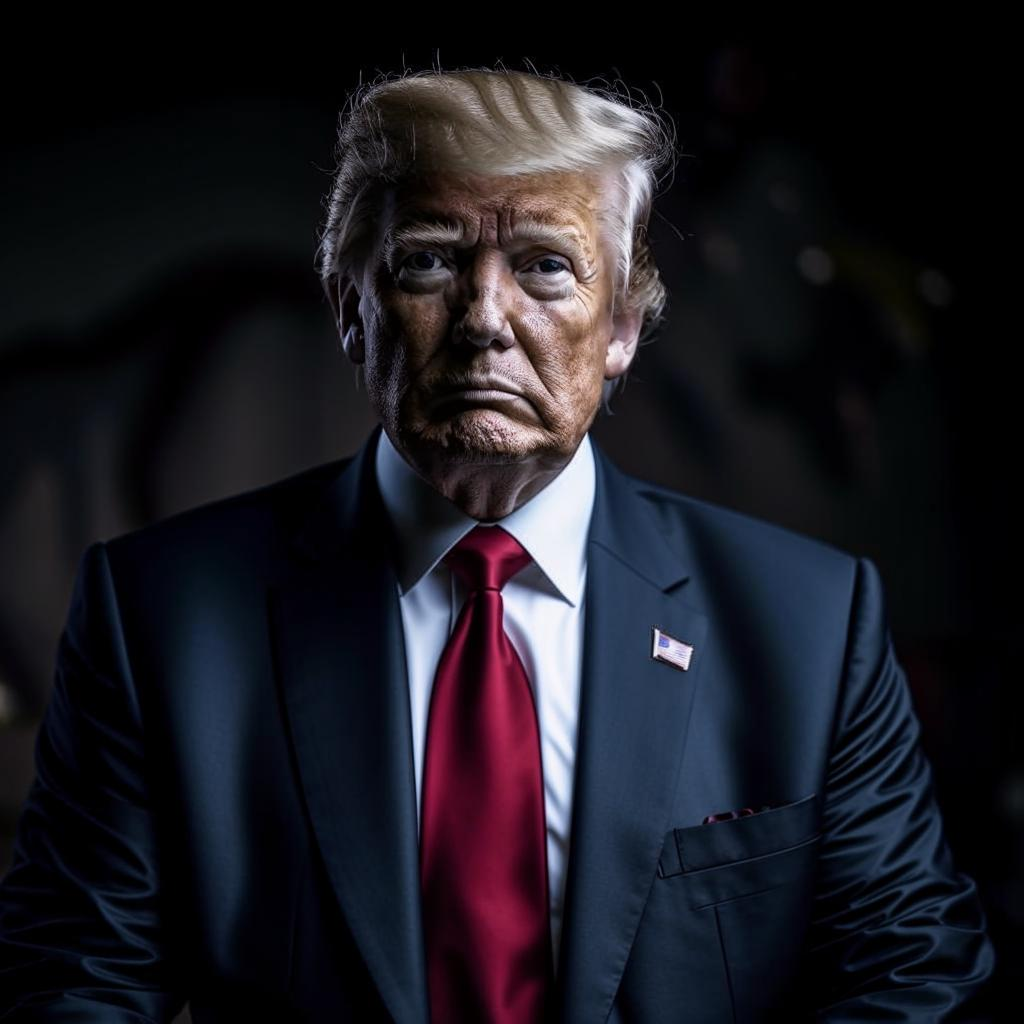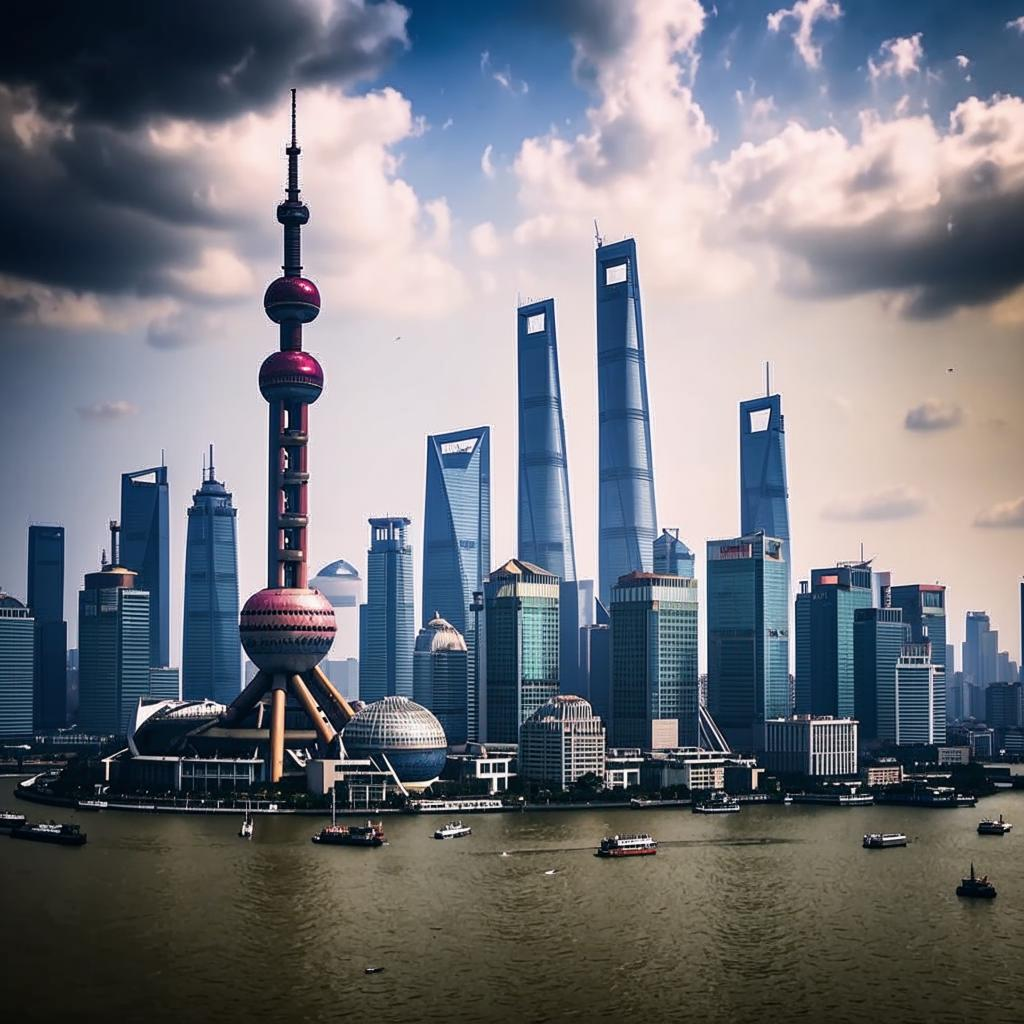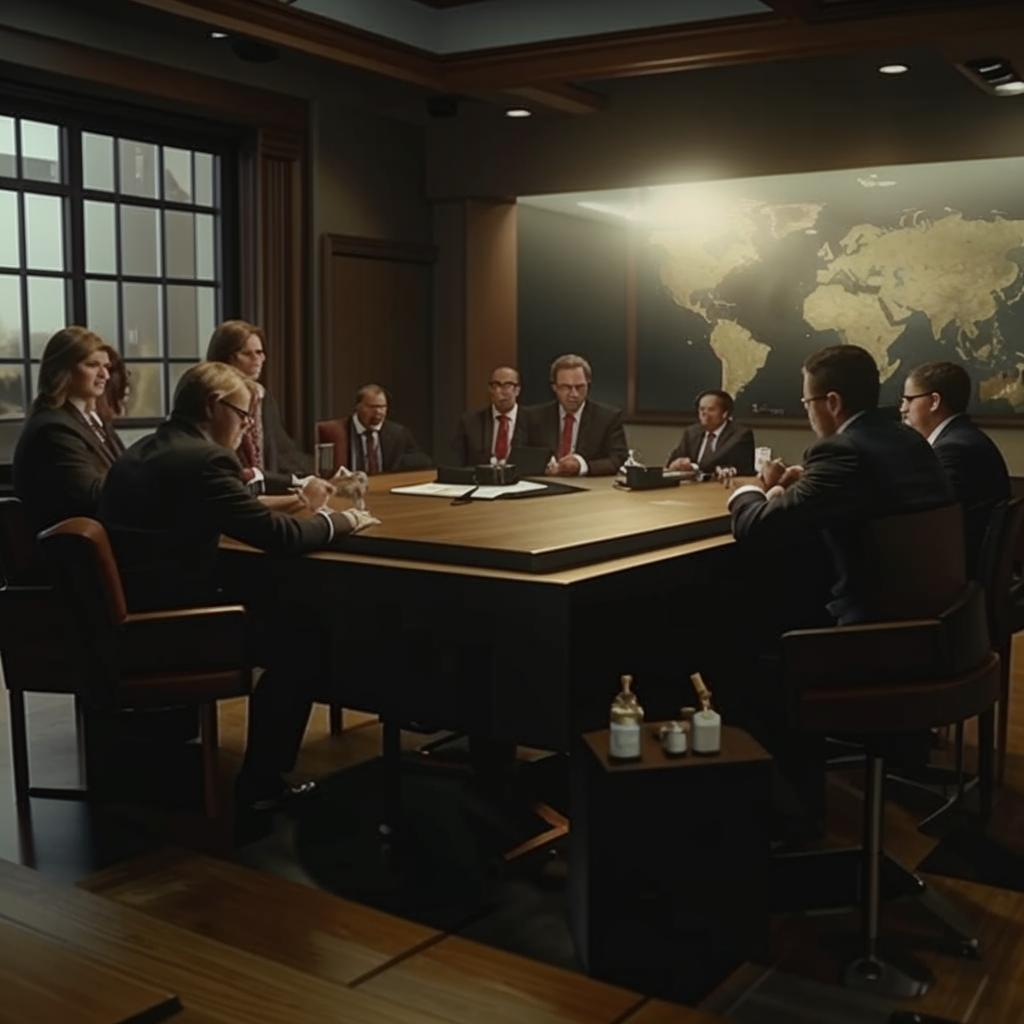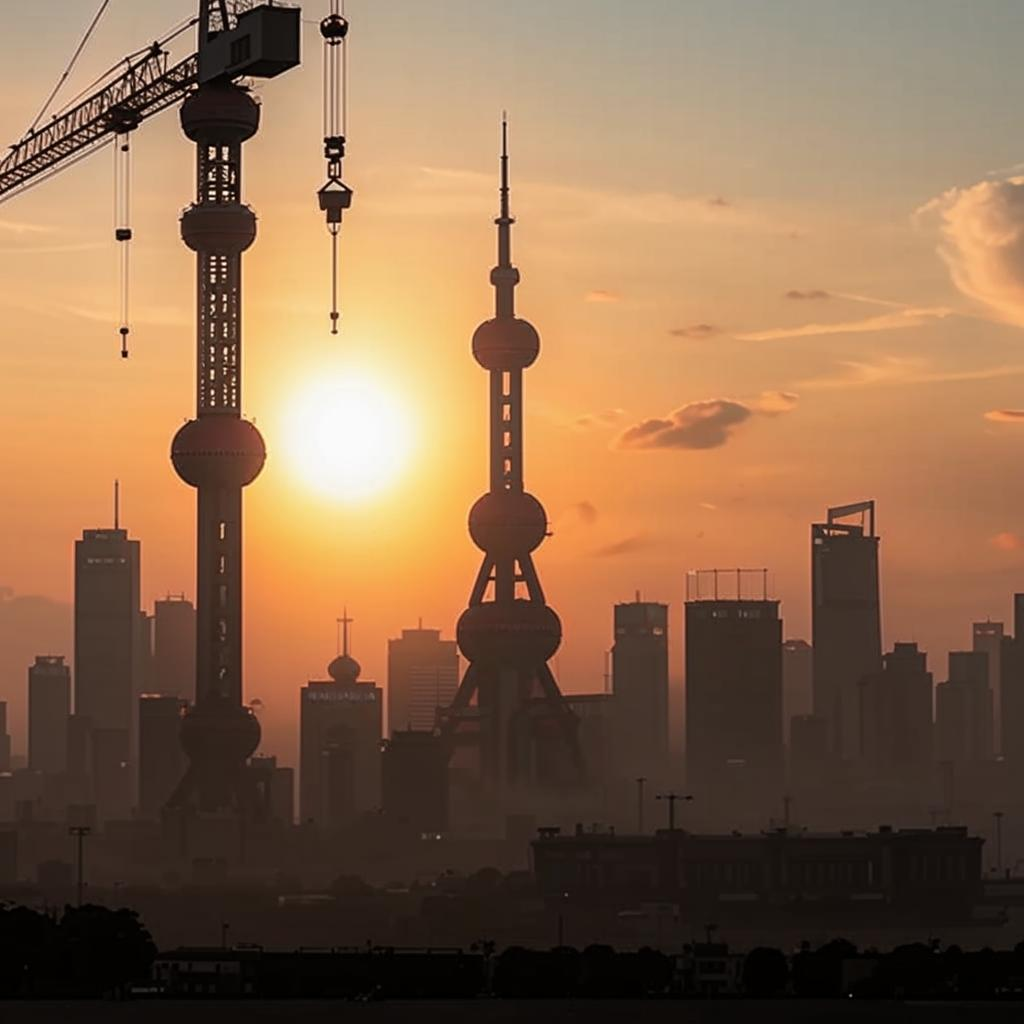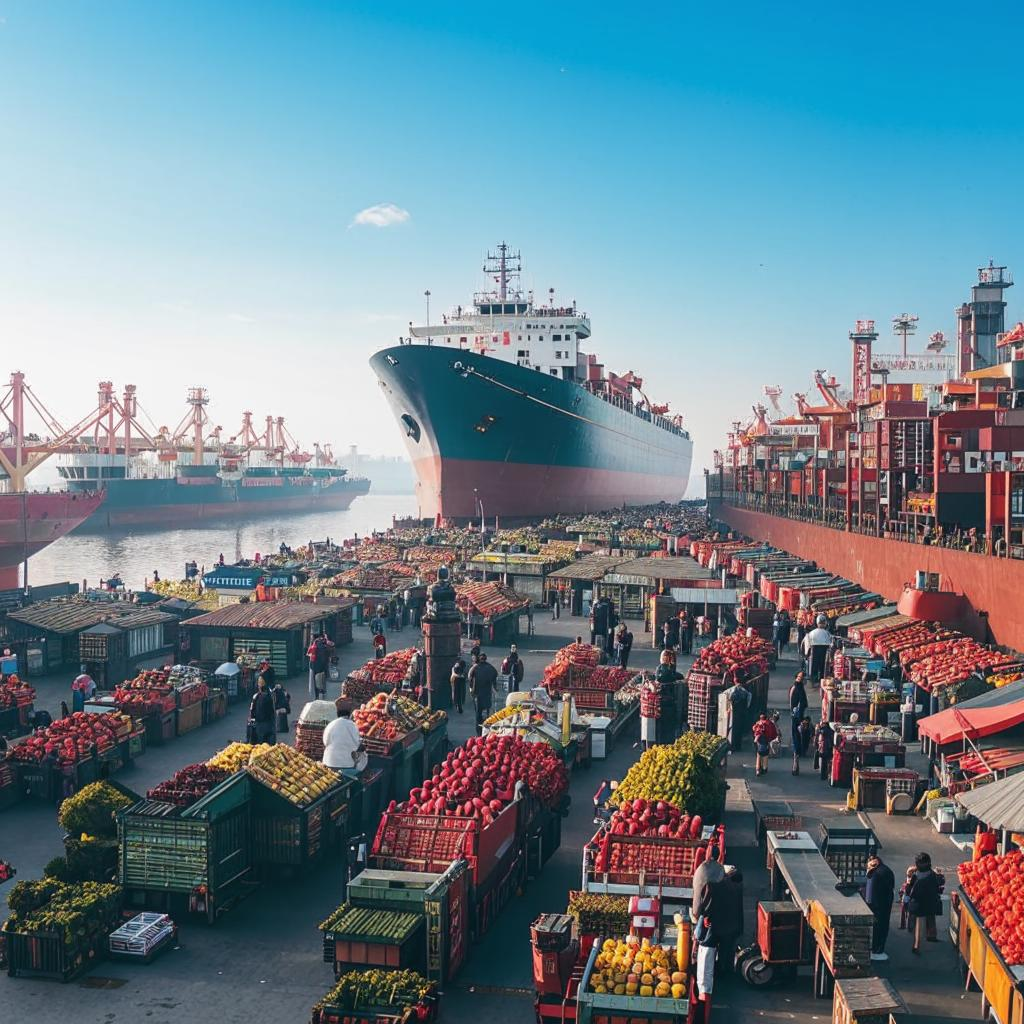Despite a temporary pause in tariffs, the underlying issues plaguing the global economy due to the U.S.-China trade war remain unresolved. The tariff pause, while providing a brief respite for businesses and consumers, doesn’t address the fundamental structural imbalances and distrust that have escalated over the past few years.
Many businesses, already reeling from the uncertainty caused by the tariffs, are hesitant to make long-term investments or adjust their supply chains. The imposed tariffs have disrupted established trade routes, increased costs for manufacturers, and ultimately impacted consumer prices.
Furthermore, the pause doesn’t guarantee a lasting resolution. The threat of renewed tariffs continues to loom, creating an environment of instability and speculation. The U.S. and China still have significant disagreements on intellectual property rights, technology transfer, and market access, making a comprehensive trade agreement elusive.
Experts warn that even if a deal is reached, the damage inflicted by the trade war may have long-lasting consequences for the global economy. Many companies are actively seeking to diversify their supply chains away from both the U.S. and China, potentially leading to a more fragmented and less efficient global trading system. The pause is at best a bandage, but is not a cure. The real issue is the overall political tension.


